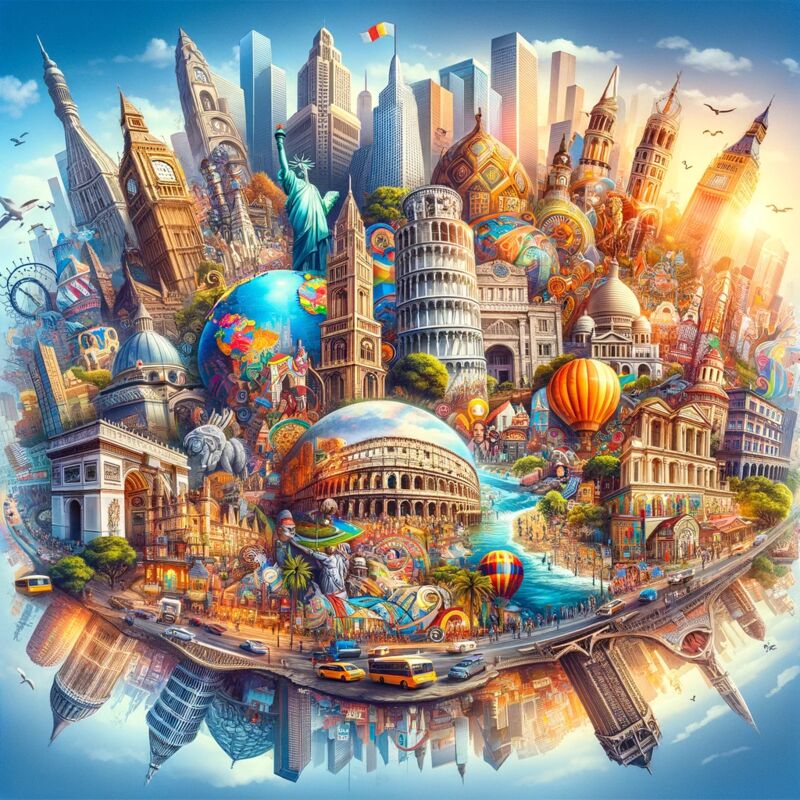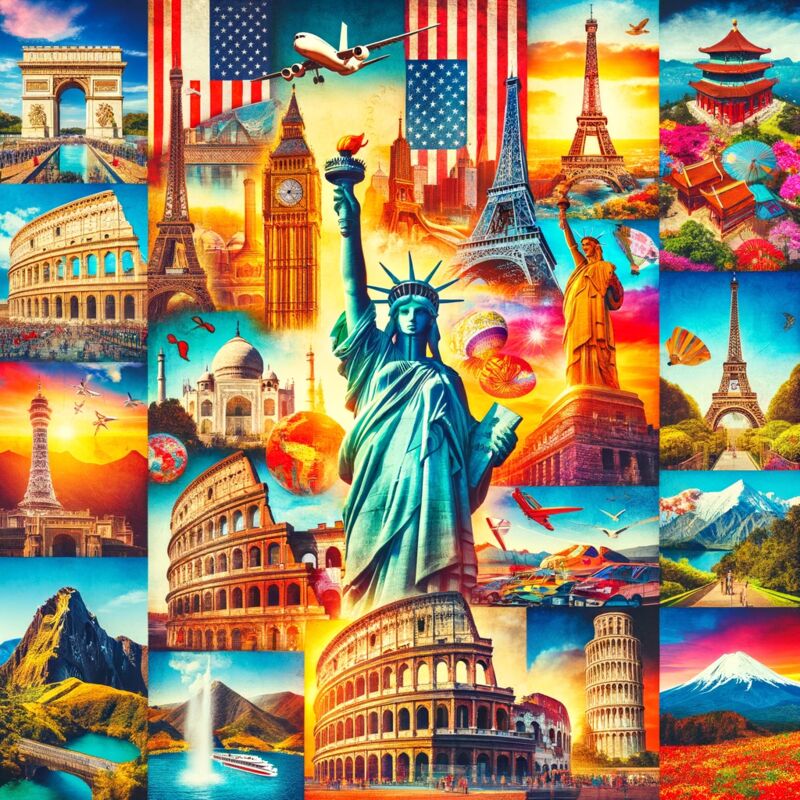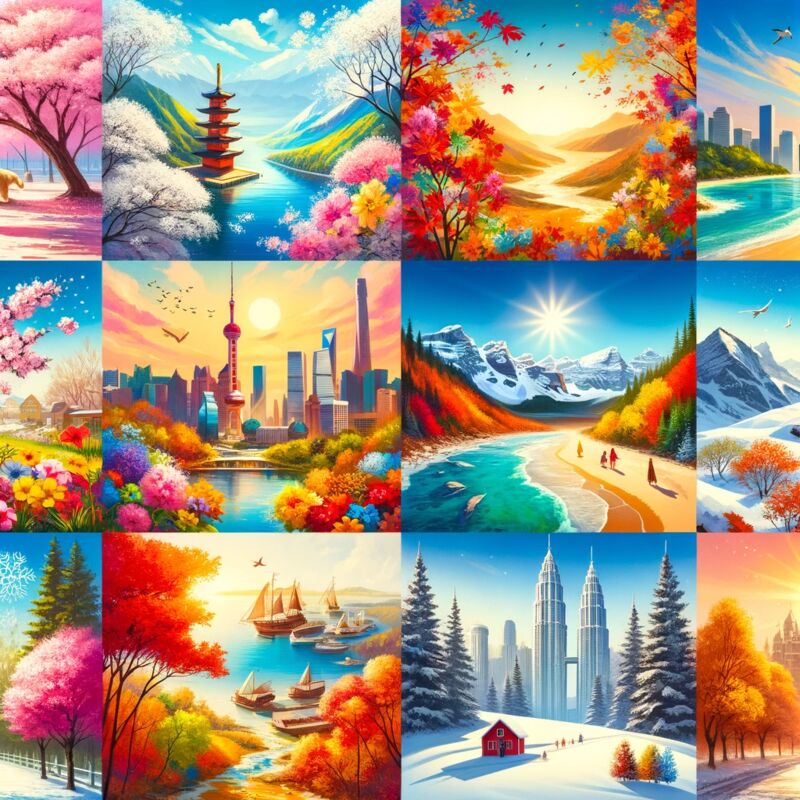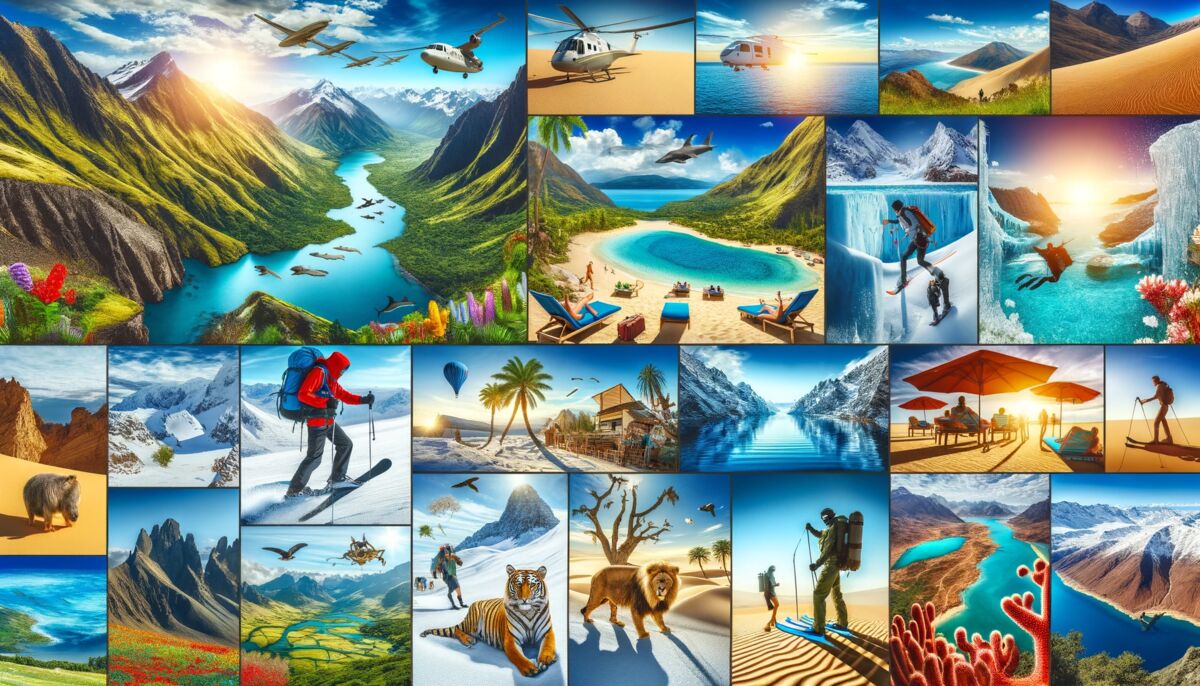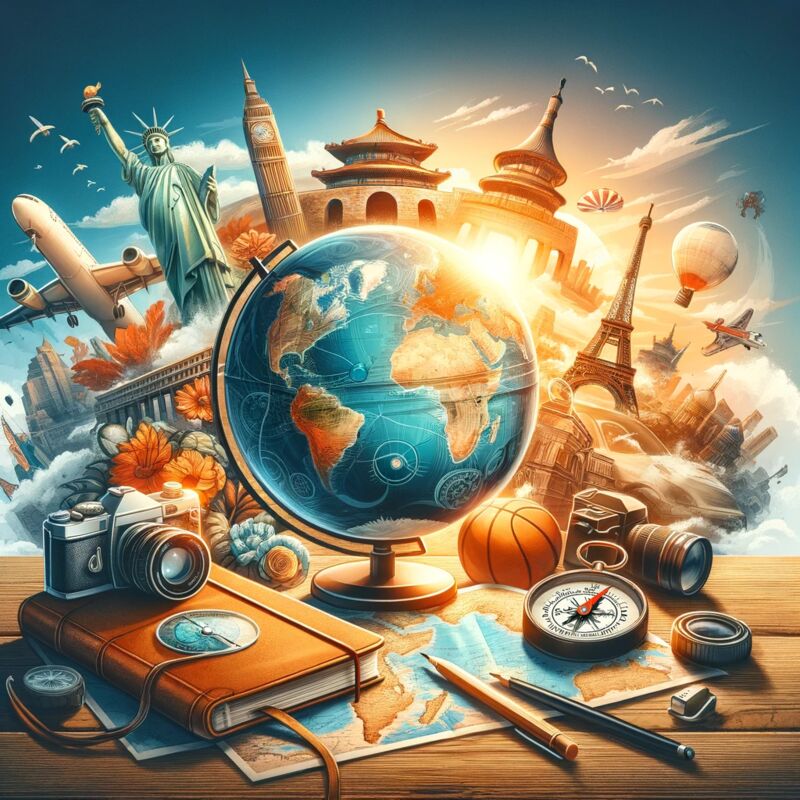Essential Travel Information for Visiting Norway
General Overview
Norway is a Scandinavian country known for its breathtaking landscapes, including fjords, mountains, and the northern lights. It's a destination with a rich history, vibrant cultural scene, and outdoor activities suitable for all ages and interests. Planning your trip to Norway involves understanding key facts and practical tips to ensure a smooth and memorable experience.
Best Time to Visit
The best time to visit Norway depends on your activities of interest:
- Mid-June to August - Warmest months, ideal for hiking and sightseeing.
- Mid-September to October - Autumn colors, fewer tourists.
- November to March - Winter sports and the northern lights.
Visa Requirements
Travelers to Norway must check their visa requirements before planning a trip. Norway is part of the Schengen Area, and many travelers can enter without a visa for short stays. It's crucial to confirm the latest regulations based on your citizenship here.
Transportation
Getting to Norway
International Airports: Oslo Airport (Gardermoen), Bergen Airport (Flesland), and Stavanger Airport (Sola) are the main entry points with flights from numerous global destinations.
Within Norway
Here's how you can travel around:
- Domestic Flights: Efficient for covering long distances quickly.
- Trains: Scenic routes connecting major cities and towns.
- Buses: Extensive network, good for reaching rural areas.
- Car Rentals: Flexible travel, but be mindful of winter driving conditions.
- Ferries: Essential for exploring the coastline and fjords.
Accommodation
Options range from luxury hotels to budget hostels and cozy cabins. Booking in advance is recommended, especially during peak season.
Currency and Payments
The Norwegian currency is the Norwegian Krone (NOK). Credit cards are widely accepted, but it's advisable to carry some cash, especially in remote areas.
Language
The official language is Norwegian, with two written forms: Bokmål and Nynorsk. English is widely spoken, especially in tourist areas.
Weather and Attire
Weather in Norway can be unpredictable. It's best to dress in layers and pack water-resistant clothing.
Food and Drink
Norwegian cuisine features seafood, game, and dairy products. Don't miss trying traditional dishes like lutefisk and klippfisk. Tap water is safe to drink throughout Norway.
Safety and Emergency Services
Norway is one of the safest countries in the world. In case of an emergency, dial 112 for police, 110 for fire, and 113 for an ambulance.
Tips and Etiquette
Norwegians value privacy and punctuality. Tipping is not mandatory but appreciated for good service. When hiking, always stay on marked trails and respect nature.
Electricity and Connectivity
Norway uses 220V power with Type F sockets. Wi-Fi is readily available in most urban areas, but connectivity can be limited in remote locations.
Attractions and Activities
- Fjords: Visit the famous Geirangerfjord and Nærøyfjord.
- Northern Lights: Best viewed from Northern Norway during winter.
- Museums and Galleries: Explore Viking history and contemporary art.
- Outdoor Adventures: Hiking, skiing, fishing, and more.

